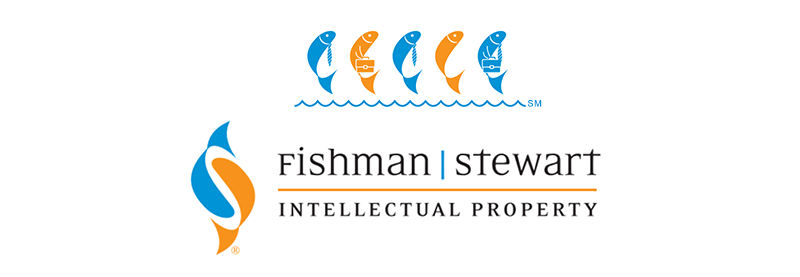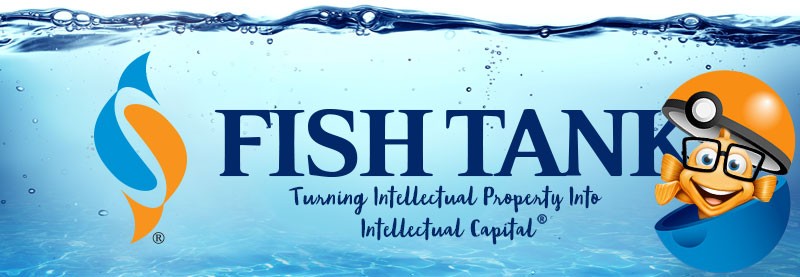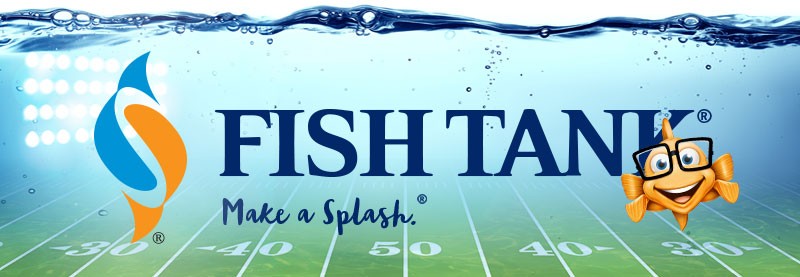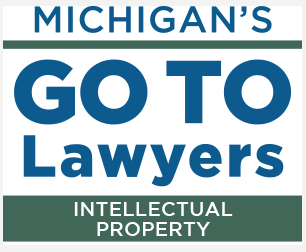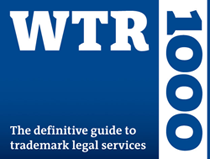Intellectual Property Insights from Fishman Stewart
Mini Article – Volume 23, Issue 7
Share on Social
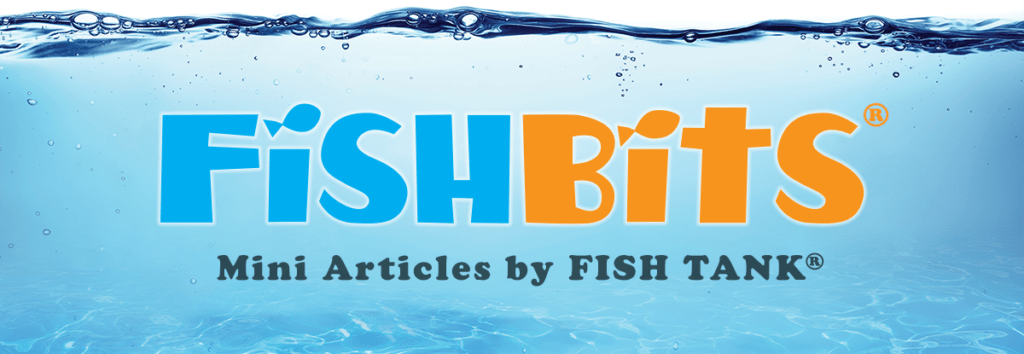
Easter Eggs and Copyright Traps
By Kristyn Webb
For many of us, the term “Easter egg” conjures up memories of dying hard-boiled eggs in bright colors or hunting for treasures and candies stuffed inside plastic orbs hidden around the neighborhood. But for video gamers, the term “Easter egg” means a secret feature or message hidden inside a video game.
In the video game context, the term was coined in the 1980’s, around the time that Atari released its Adventure video game. During those years, Atari kept numerous programmers on its payroll but did not give the individual programmers any type of recognition. In the US, creative works, such as video game software, made by employees within the scope of their employment are “made for hire” and the copyrights to those works are owned by the employer, not the employee. So, while Atari owned the copyright to Adventure, its failure to provide any attribution or public recognition of the individual programmers was not always received well by those programmers.
One such programmer, Warren Robinett, decided to do something about that. He put in a bit of code that created a secret room within the game. If a player successfully executed a series of tasks, a hidden message was revealed that stated, “Created by Warren Robinett.” Robinett told no one and the secret code was not discovered in prerelease testing. It was only after the video game was released and a thousand copies were shipped around the world, that fifteen-year-old Adam Clayton discovered the secret message and wrote a letter to Atari.
Once word got out, it spread around the gaming community and school playgrounds like wildfire. Atari decided it would be too costly to try to recall and fix the code. Instead, it leaned into the phenomena, called the message an “Easter egg” and promised to put more such hidden treasures in future games.
Beyond corporate rebellion or attribution, the use of Easter eggs in software can have other effects. In fact, for ages, mapmakers have been incorporating such hidden treasures, called “phantom settlements” or “paper towns.” These are cities, streets, and other features that appear on maps, but do not exist in real life. You may have had the frustrating experience of following your GPS toward a shortcut that does not actually exist. These features, sometimes called “copyright traps” help identify unauthorized copies of the maps.
So, next time you find what appears to be a secret message in a video game, or end up hopelessly lost trying to find a street or destination that doesn’t exist, you’ll know why!
Kristyn Webb is the Group Leader of Fishman Stewart’s Copyright Practice Group, and is currently earning a Master’s Degree in Copyright Law at King’s College London.

Published April 7, 2023
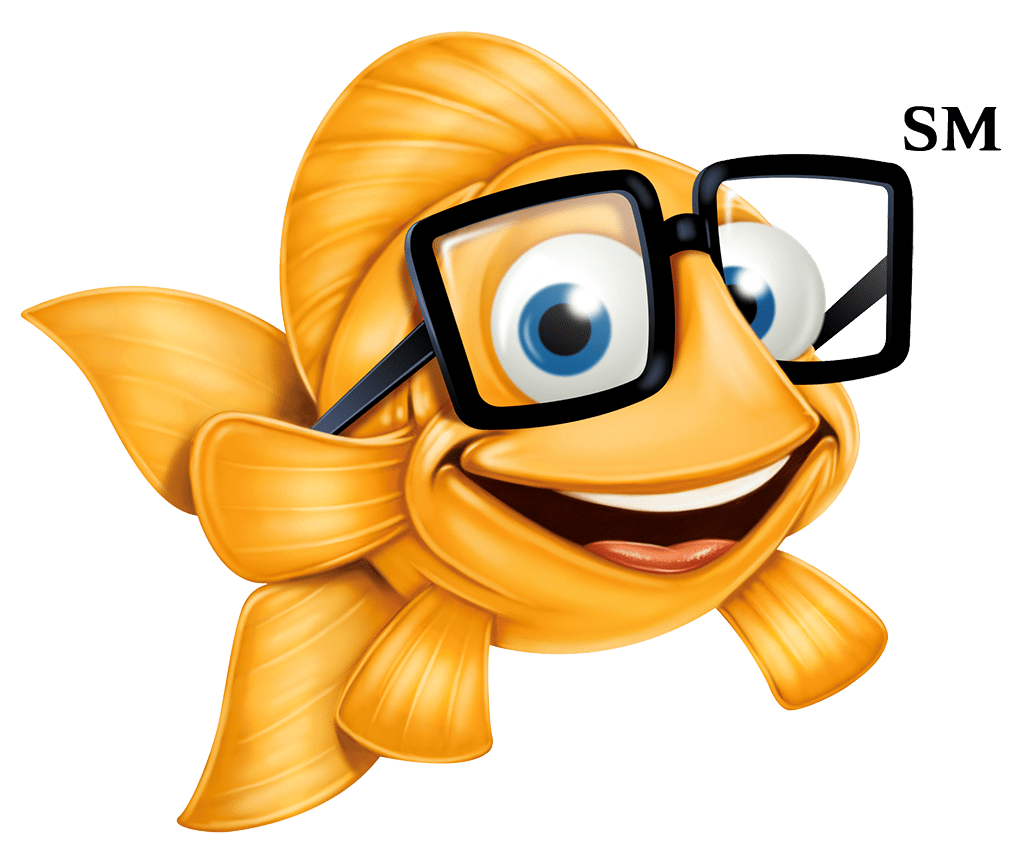

Related Content from Fishman Stewart
In a recent decision, the U.S. Court of Appeal for the Eighth Circuit affirmed a jury verdict holding that the use of the "Success Kid" meme by a congressman's reelection campaign for fundraising purposes did not qualify as fair use.
In February 2024, proposed legislation was introduced in US House of Representatives which would extend copyright protection to golf courses. The bill is titled “Bolstering Intellectual Rights against Digital Infringement Enhancement Act” or the “BIRDIE Act”.
June is Pride Month, which honors the 1969 Stonewall Uprising in Manhattan and recognizes the impact that lesbian, gay, bisexual, and transgender (LGBTQ+) individuals have had on history locally, nationally, and internationally. The United States Patent and Trademark Office flies the Pride Flag and promotes the Pride community’s contributions with programming offered annually.
June is Pride Month. This year we are celebrating with some IP tips for drag performers! Drag performers can protect their intellectual property by registering the copyrights in their original works of music, choreography, and comedy sketches.
You’re rarely more than a few yards from Finny’s favorite chips, semiconductor chips to be precise. But what exactly is a semiconductor chip?
"May the 4th Be With You," also known as Star Wars Day, takes place annually on May 4th. The phrase is a pun on the iconic Star Wars catchphrase "May the Force be with you."
First, a big “thank you” to all our readers who have given feedback on our newsletter. We appreciate your interest and insights. It is always a treat to hear from you! Second, we wanted to provide you with updates on some of our most popular articles
“Palworld”— a computer game created and published by Japanese developer Pocket Pair. Released as an early access game in January 2024, it sold over seven million copies on the computer platform Steam in the first five days and had nearly 20 million players in the first two weeks.
This year’s Super Bowl featured a thrilling overtime victory for the Kansas City Chiefs over the San Francisco 49ers. With estimates as high as 123 million viewers, America's premier sporting event also serves as a grand stage for creativity and intellectual property protections that enhance the game’s success.
Valentine’s Day is just around the corner and jewelry sales are usually around $6 billion USD in the United States alone. In 2021, the US Customs and Border Protection agency seized over $1 billion USD worth of counterfeit pieces of jewelry.
IDENTIFYING, SECURING AND ADVANCING CREATIVITY®
